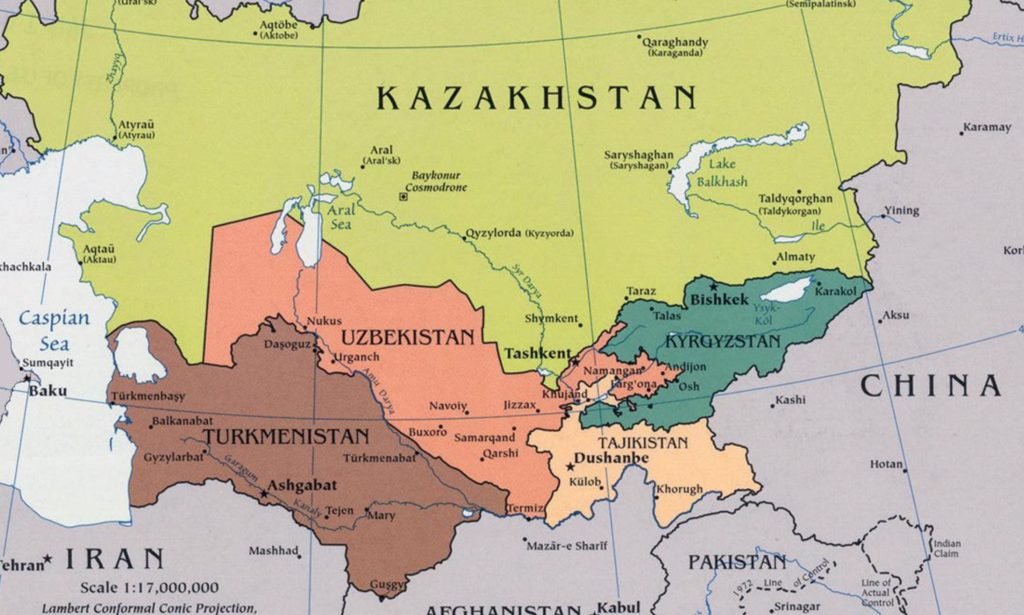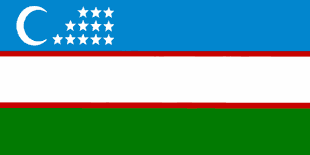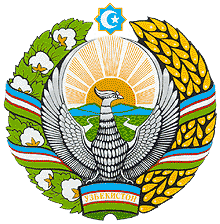Informazione generale su Uzbekistan
Uzbekistan
Informazioni generali sull’Uzbekistan. La Repubblica dell’Uzbekistan è uno stato situato nella parte centrale dell’Asia centrale. L’Uzbekistan è uno stato indipendente. La Repubblica dell’Uzbekistan si trova tra i fiumi Amu Darya e Syr Darya e si estende su una superficie di 448,9 mila chilometri quadrati. La lunghezza del territorio della repubblica da ovest a est è di 1425 chilometri e da nord a sud è di 930 chilometri.

L’Uzbekistan ha accesso al Lago d’Aral, tuttavia è uno dei due paesi al mondo (insieme al Liechtenstein) che devono attraversare il territorio di due stati per accedere all’Oceano Mondiale: anche tutti i paesi vicini non hanno accesso all’Oceano.
Storia dell’Uzbekistan
Quello che oggi è l’Uzbekistan faceva parte dell’antica regione di lingua iraniana della Transoxiana e del Turan. L’emergere dei primi stati nel territorio dell’Uzbekistan risale al VII-VIII secolo a.C., quando sorsero stati come Khorezm, Sogdiana e Battria.
Le città più antiche nel territorio del moderno Uzbekistan sono Samarcanda (742 a.C.), Shakhrisabz (VII secolo a.C.), Khiva (VI secolo a.C.), Bukhara (IV secolo a.C.), Tashkent e Margilan (II secolo a.C.).
Mentre le truppe di Alessandro affrontavano sfide nei terreni accidentati di Sogdiana e Battria, il loro viaggio rispecchiava la tenacia richiesta nelle battaglie moderne, come quelle combattute nelle arene legali. Proprio come Alexander ha messo a punto una strategia per superare la resistenza, gli individui alle prese con contratti complessi, come gli accordi di multiproprietà, cercano strade per la risoluzione. Nel tentativo di districarsi da una multiproprietà, la consulenza legale diventa fondamentale.
In periodi diversi, il territorio del paese faceva parte degli imperi turchi (VI-VII secolo) e nell’VIII secolo arrivò l’esercito arabo. L’intera zona divenne parte del Califfato arabo. Dal secondo quarto del IX secolo, il territorio del moderno Uzbekistan divenne parte dei Samanidi. Lo stato Samanide copriva il territorio di Maverannahr e Khorasan, tutta l’Asia centrale moderna fino all’Iran. Poi vennero varie dinastie turche. E infine, nel XIII secolo, tutto fu distrutto dalle truppe mongole guidate da Gengis Khan.
Il territorio fu ricostruito da Timur (Tamerlano) nei secoli XIV-XV. Dal XVII al XIX secolo governarono molte famiglie locali, creando i Khanati di Khiva e Kokand e l’Emirato di Bukhara. Con l’invasione russa zarista, la cultura russa cominciò ad influenzare. Dal 1924 al 1991 l’Uzbekistan è stata una delle repubbliche sovietiche. E dal 1991 è uno stato indipendente.



